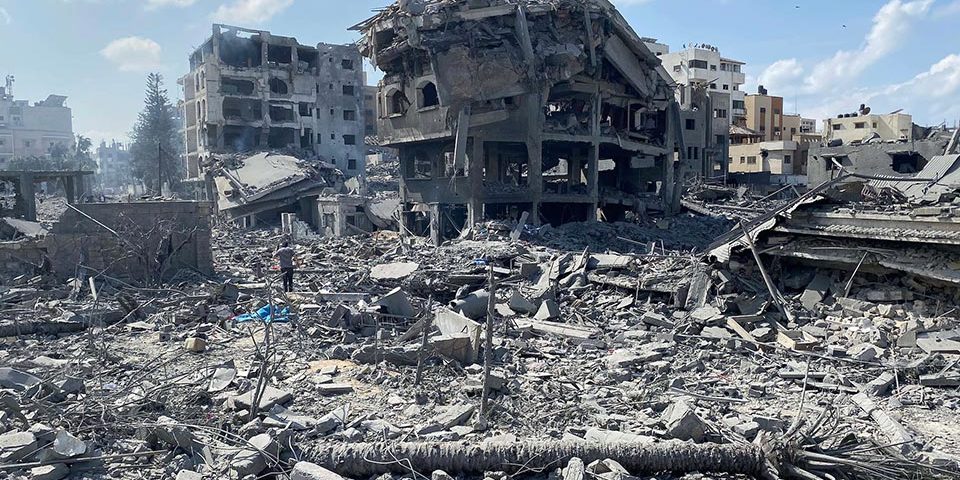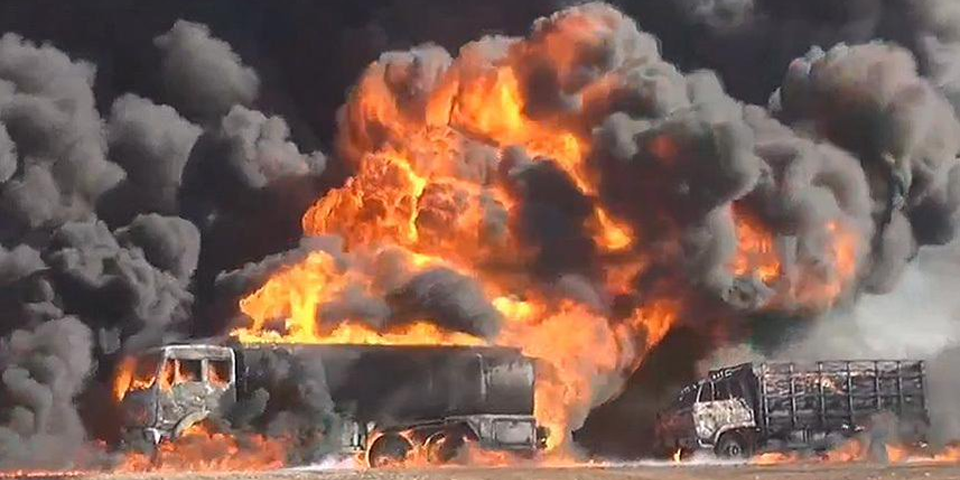The environmental costs of the escalating Middle East crisis
A year of escalating conflict across the Middle East has had a range of direct and reverberating consequences for the region’s environment. In this post we identify the current and emerging trends that are threatening human health and often fragile and degraded ecosystems.








